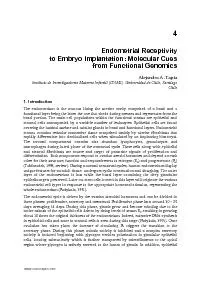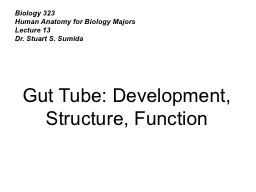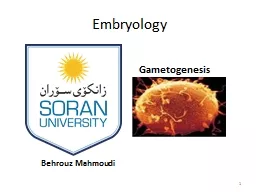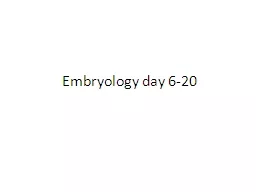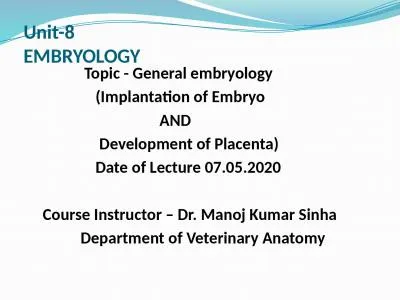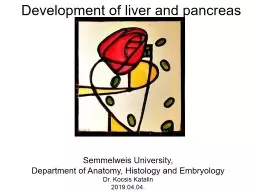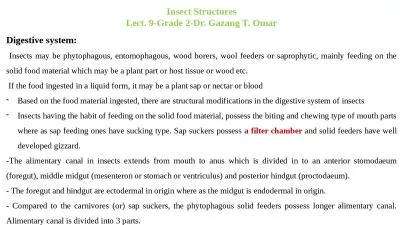PPT-Embryology of the Hindgut
Author : williams | Published Date : 2022-06-15
aalnuaimisheffieldacuk abdulameerhyahoocom Prof Abdulameer Al Nuaimi Email Large Intestine wwwgooglecouksearch wwwgooglecouksearch Rectum and Anal Canal Anal
Presentation Embed Code
Download Presentation
Download Presentation The PPT/PDF document "Embryology of the Hindgut" is the property of its rightful owner. Permission is granted to download and print the materials on this website for personal, non-commercial use only, and to display it on your personal computer provided you do not modify the materials and that you retain all copyright notices contained in the materials. By downloading content from our website, you accept the terms of this agreement.
Embryology of the Hindgut: Transcript
Download Rules Of Document
"Embryology of the Hindgut"The content belongs to its owner. You may download and print it for personal use, without modification, and keep all copyright notices. By downloading, you agree to these terms.
Related Documents


